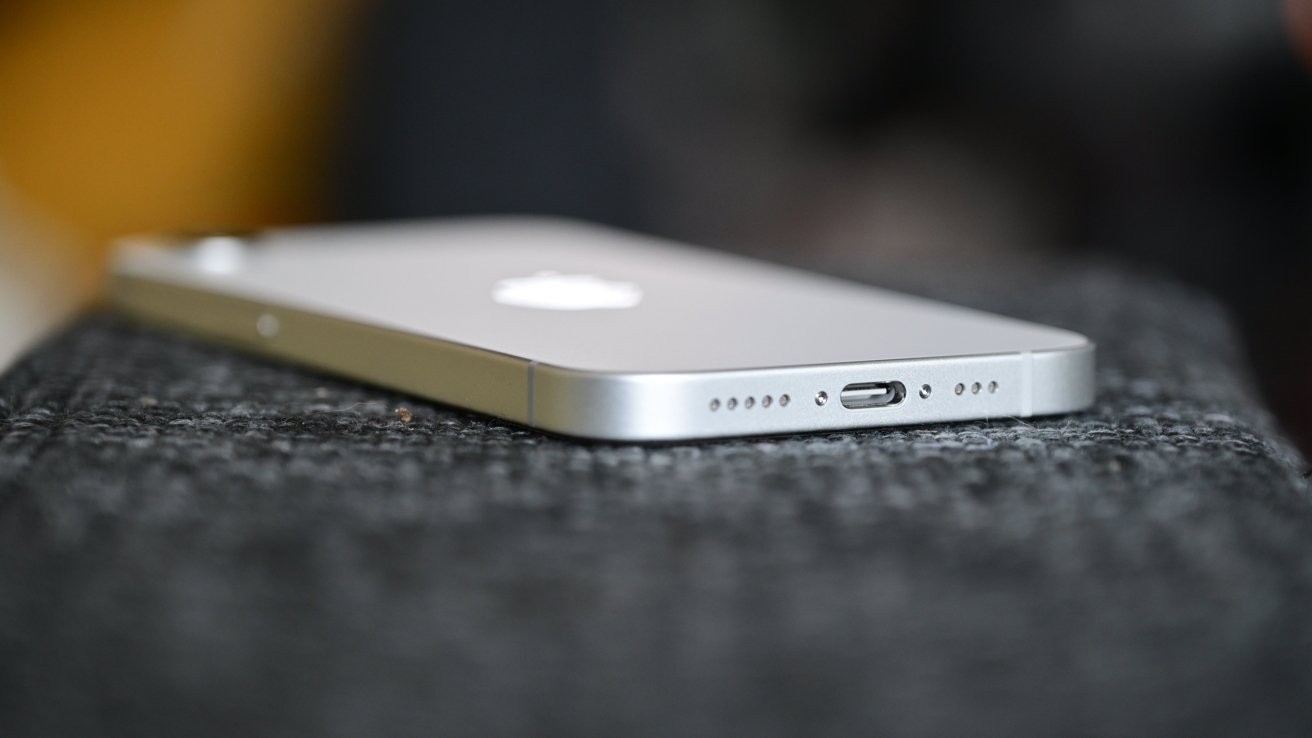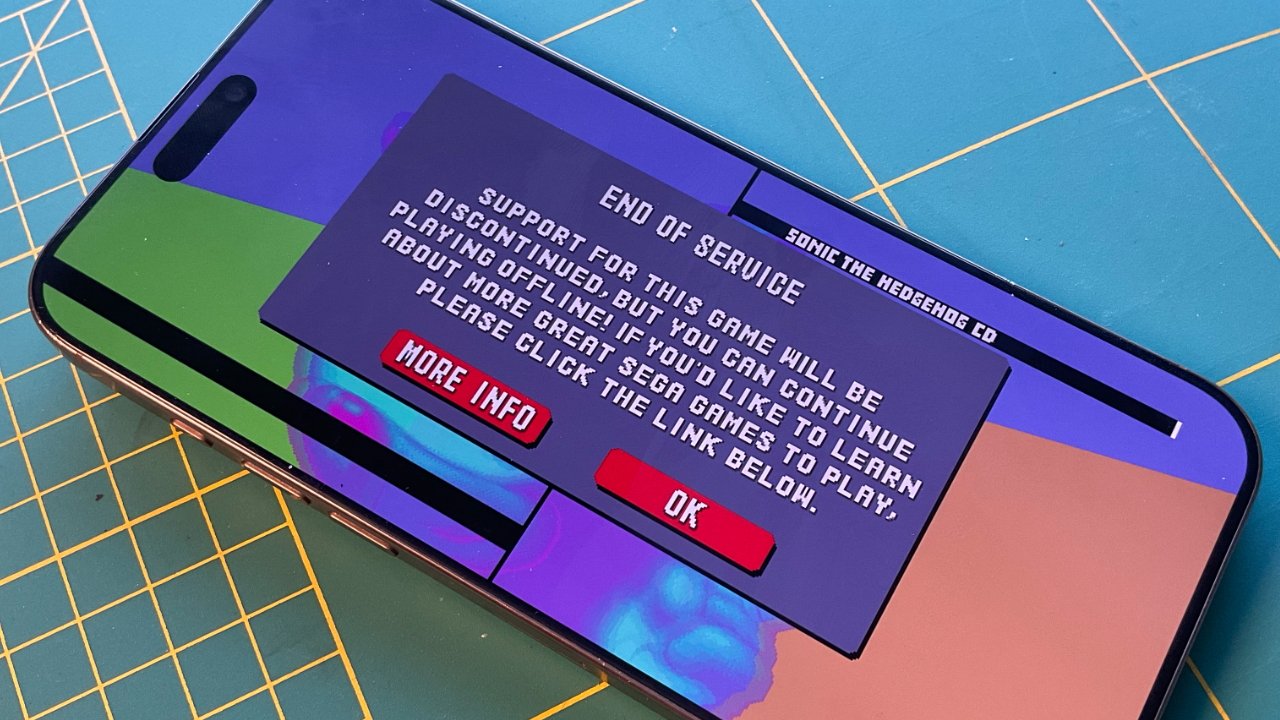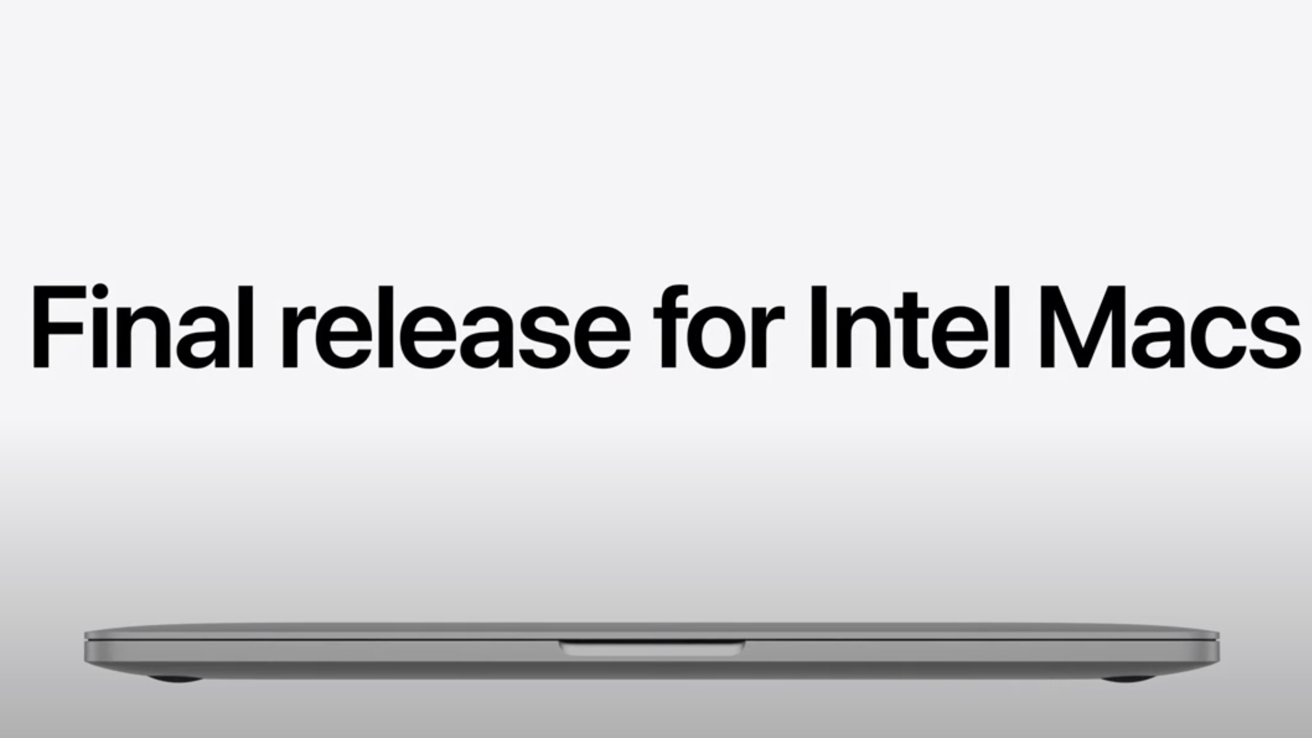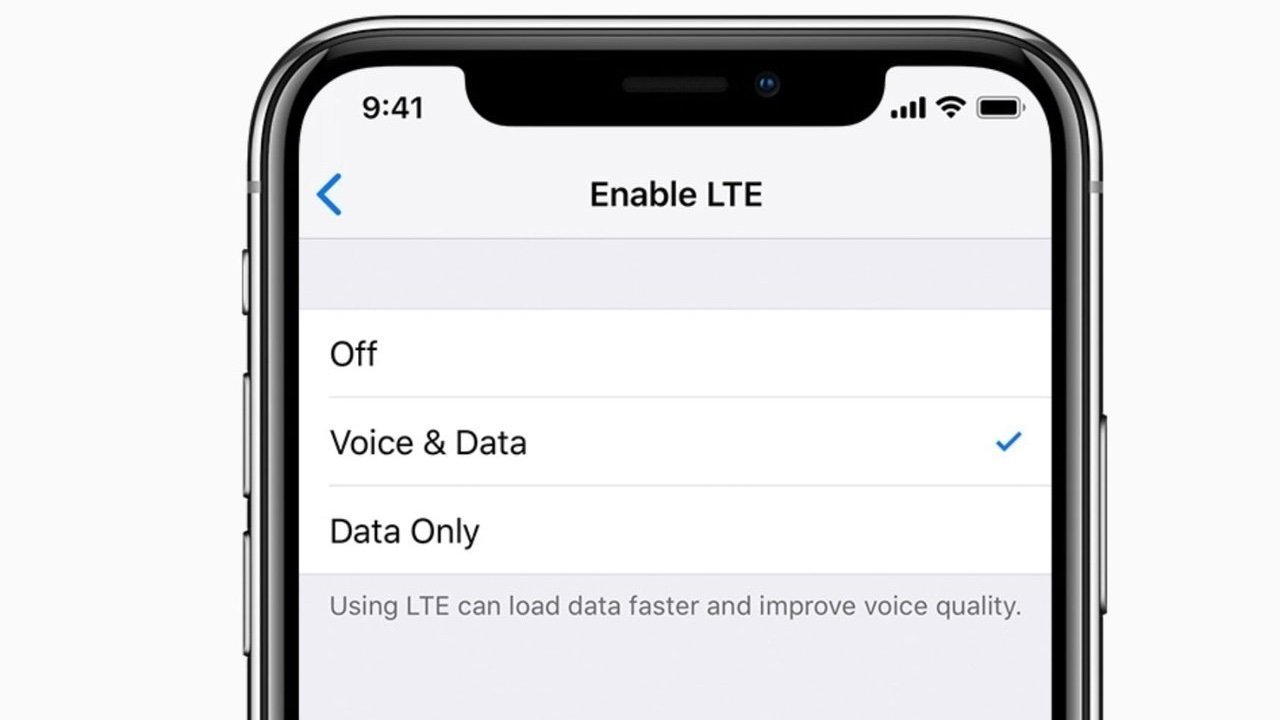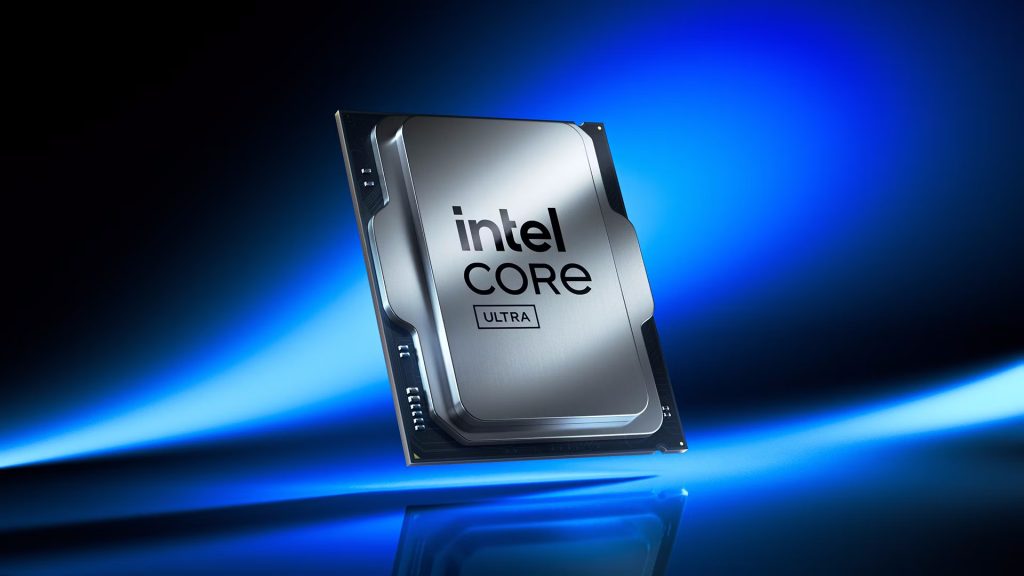AMD has unveiled the Ryzen Threadripper 9000 series and the Radeon AI Pro 9000 GPU series. These launches address a broad spectrum of use cases, from AI acceleration to professional applications.
As seen on the slides shared by TechPowerUp, the new Threadripper 9000 series leverages the Zen 5 CPU architecture, with “Shimada Peak” specifically being a workstation-optimised variant of the “Turin” MCM that powers AMD's 5th Generation Epyc processors. Meanwhile, the Radeon AI Pro 9000 series harnesses the RDNA 4 graphics architecture found in the Radeon RX 9000 series gaming graphics cards, but adjusted for professional applications.



The Ryzen Threadripper Pro 9000 series pushes the envelope for CPU core counts, scaling up to 96 cores and 192 threads. The Ryzen Threadripper Pro 9000 series package is designed for the AMD Socket TR5, ensuring seamless drop-in compatibility with all existing TR5 motherboards, provided they are running the latest UEFI firmware updates. This new CPU platform offers an 8-channel DDR5 memory interface, effectively providing 16 sub-channels, with native support for ECC DDR5-6400 speeds. While RDIMMs are supported, the platform maintains a limit of one DIMM per channel, allowing a maximum memory capacity of 2 TB.
Regarding SoC I/O, the “Shimada Peak” processors have a 128-lane PCI-Express 5.0 root complex. However, unlike their EPYC counterparts, they do not include CXL capabilities. Nevertheless, architectural tweaks to the SoC result in a notable increase in aggregate PCIe bandwidth compared to its predecessors. Additional features include AMD PRO Management capabilities and AIM-T WLAN support. The Threadripper Pro 9000 WX series will offer a range of processor models, from a 12C/24T entry point to the 96C/192T flagship CPU. All SKUs within this Pro WX series will share a common I/O feature set and maintain a consistent 350W TDP.
This new generation promises a significant uplift in IPC, offering a noticeable performance leap over its Zen 4-powered predecessors. Beyond raw IPC gains, workstation users stand to benefit from the architecture's full 512-bit FPU datapath, which will dramatically accelerate applications reliant on the AVX-512 instruction set. AMD has also upgraded the I/O die to facilitate native DDR5-6400 memory speeds, alongside support for AMD EXPO profiles and CKD. Internally, AMD is touting a substantial 16% performance increase over the Threadripper 7000 series in standard workstation benchmarks, with an impressive 25% surge in SPEC Workstation AI and machine learning benchmarks compared to identical core counts and frequencies.
Alongside the Pro WX series, AMD introduced the Threadripper 9000X HEDT processors. These are tailored for HEDT systems and entry-level workstations. The primary distinction from the Pro 9000 WX series lies in the absence of AMD Pro capabilities and a trimmed I/O feature set. This includes a 4-channel (8 sub-channel) DDR5 memory interface and a more modest 48-lane PCI-Express 5.0 root complex. This HEDT lineup comprises just three SKUs, ranging from 24C/48T up to a potent 64C/128T option. These chips also maintain compatibility with Socket TR5 motherboards. However, half of the memory channels and some PCIe/NVMe slots will be blocked or modified.
Moving on to the GPUs, the new Radeon AI Pro 9000 series represents AMD's top-tier offerings for professional visualisation and AI acceleration. These graphics cards are designed to be deployed singularly or in workstations with up to four cards installed. The flagship of this series, the Radeon AI Pro R9700, features a maxed-out 4 nm “Navi 48” GPU, boasting 64 RDNA 4 CUs that translate to 4,096 stream processors and 128 AI accelerators, and 32GB GDDR6 running at 20Gbps over a 256-bit memory bus for a maximum of 640GB/s of bandwidth, further enhanced by a 64MB 3rd Generation Infinity Cache. Overall, the AMD Radeon AI Pro R9700 delivers up to 191 TFLOPS (FP16 dense) and a 1531 TOPS (INT4 sparse) performance with a 300W TBP.
KitGuru says: Are you planning on building a new workstation with any of AMD's new components?
The post
AMD launches Ryzen 9000 Threadripper CPUs and Radeon AI Pro 9000 GPU first appeared on
KitGuru.

























